I read Woodworking Differently
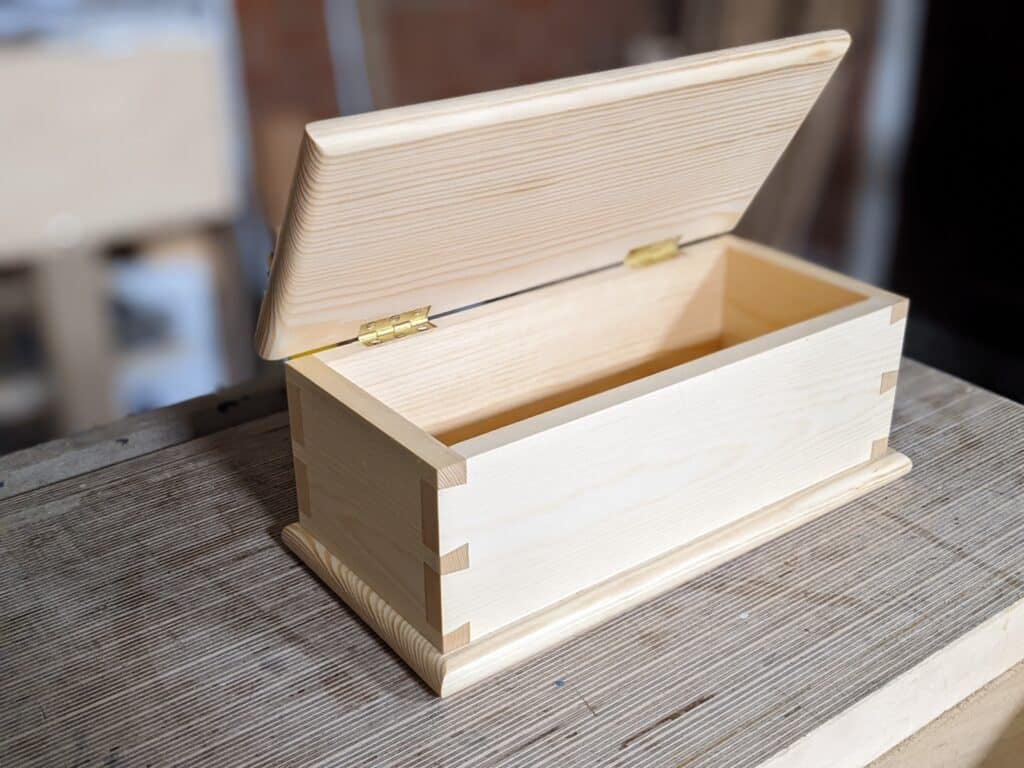
I read a recent comment from a former student friend I came to know named Scott. Scott wrote to thank me for my input in his life by changing the direction his path was taking to go more for creative working with hand tools and away from power machines. Well, of course, it’s humbling! Our paths into woodworking start differently for all of us and little did I know back in 1965 when I started my woodworking apprenticeship as a fifteen-year-old that woodworking could take me on so exciting a journey. What an adventure it’s been that I would get to design and make hand tools and then teach my craft to others. Who was I but a nobody, unknown in woodworking circles, unpublished? Suddenly I decided to write woodworking articles for magazines and then my first woodworking book and manuscripts for many more. What about building furniture for my own woodworking channels and becoming a blogger reaching woodworkers around the globe? I never thought when I studied hand tools and hand tool woodworking that I would become a specialist in hand tool woodworking and be filmed three days a week to teach an audience of hundreds of thousands and even millions without any of that being my hope, aspiration or intention. I had no idea that I would design and make pieces for the White House Permanent Collection and a cello with my son, Joseph, the two most amazing works in my life. And today, that I would be sitting up in a leather chair excited that in these next three coming days I would close the chapter on designing a dining chair for sellershome.com, a house that will ultimately be filled with every stick and stem of furniture and woodworking that I have and will have designed and built from scratch using my own two hands using hand tools for 98% of the work.
Here is what Scott said:
Like many woodworkers, I started my woodworking journey thinking that I need all of the various power tools available to make anything. I busily and happily embraced this style of woodworking and made many nice furniture projects.
I remember going to a woodworking show where you had a booth and were demonstrating hand tool techniques. Being intrigued, I enrolled in a dovetail class and was hooked. This started my journey of using hand tools and has reached the point that just last weekend I sold the last of my major power tools. The only thing left is my bandsaw which will be for resawing slabs.
Paul, know that your philosophy and talent has been greatly appreciated by many, least of all me. Thanks for your words of wisdom and instruction.

It made me think, of course it did. Here is my reply:
Hello Scott. Thank you for your encouraging words. My life has had so many twists and turns not the least of which was a wonderful privilege of living and working in the USA. Living back here in the UK since 2009 has indeed left a hole in my heart not being there and especially in Texas, but then the whole of the USA. Every so often I will hear some Brit say something disparaging that starts out with something like, “Well, you know what these Americans are like . . .” And before they can get another word out I answer, “. . .Well, no I don’t and yes I do!” I then go on to say that, “. . . in my experience they are a nation of amazing people that can never be defined by anyone who has not lived amongst them. It’s a nation of nations and I love all nations because all nations are made up of the most amazing people !“
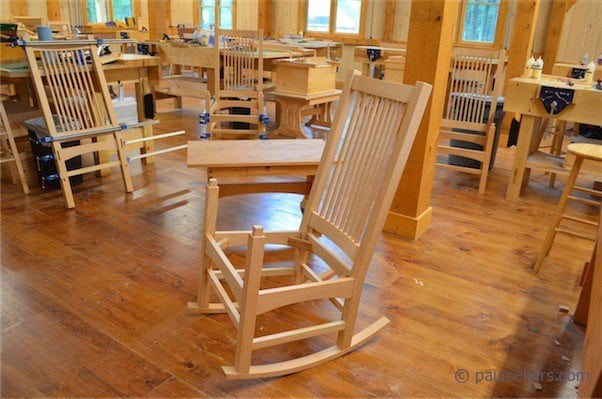
Another comment made me think too. I answered him with this that came from the bottom of my heart:
Oh, this is such an exciting point in the whole! Today, I will be closing in on the conclusion of my dining chair as I did on my router plane which so thrilled me a few months ago. These three-dimensional puzzles have come together throughout my life. Twelve years ago it was the completion of the two White House credenzas I designed for President Obama’s Inauguration that now stand in the Cabinet Room of the White House and I was standing inside the Cabinet Room as we set them in place on the eve of President Bush’s departing speech. These recent additions mean as much to me as they did at that time. When I wrote my last book Essential Woodworking Hand Tools I was equally thrilled to hold that book in my hands for the first time as I was watching the first 10,000 copies being printed at the UK-based printers.
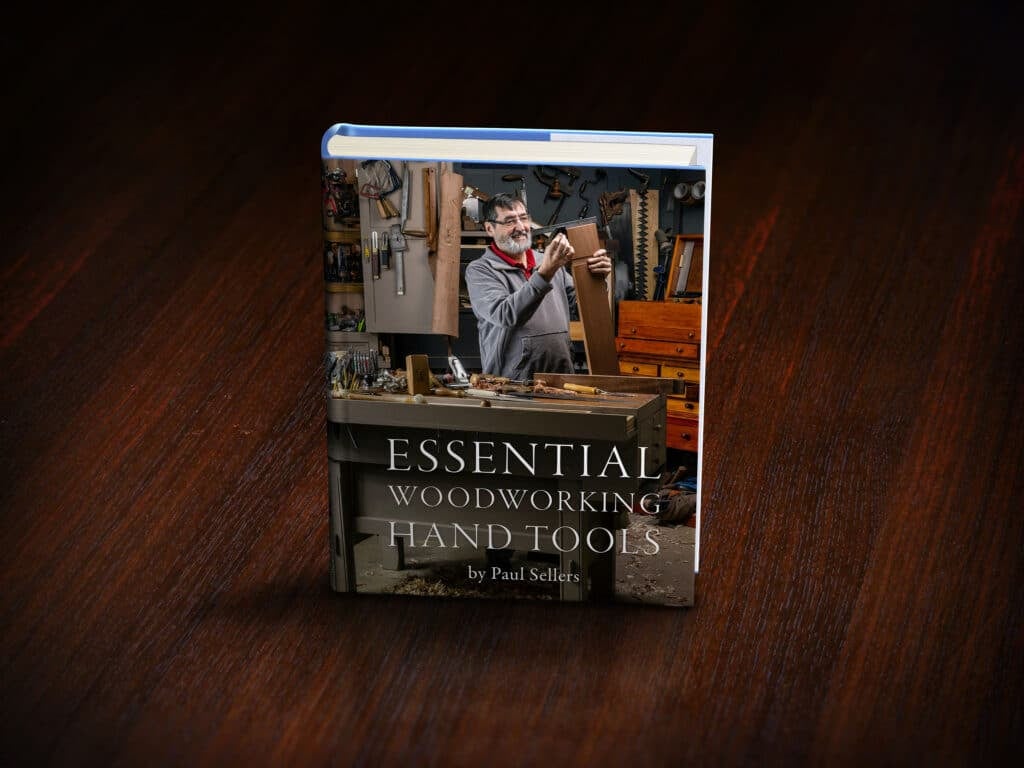
Of course, when I was just 15 years old I didn’t know that I would take a lifetime of using those tools over 50 years later to write a treatise on each of the tools to teach and train others to use them from my background as what might well be one of the longest-term users living today, a user of them and not just a writer about them. This week has been a most amazing week of recollection for me. That re-collection of gathered considerations that woke me this morning at 1 am with such an excitement that I had to just write this blog only to say THANK YOU!
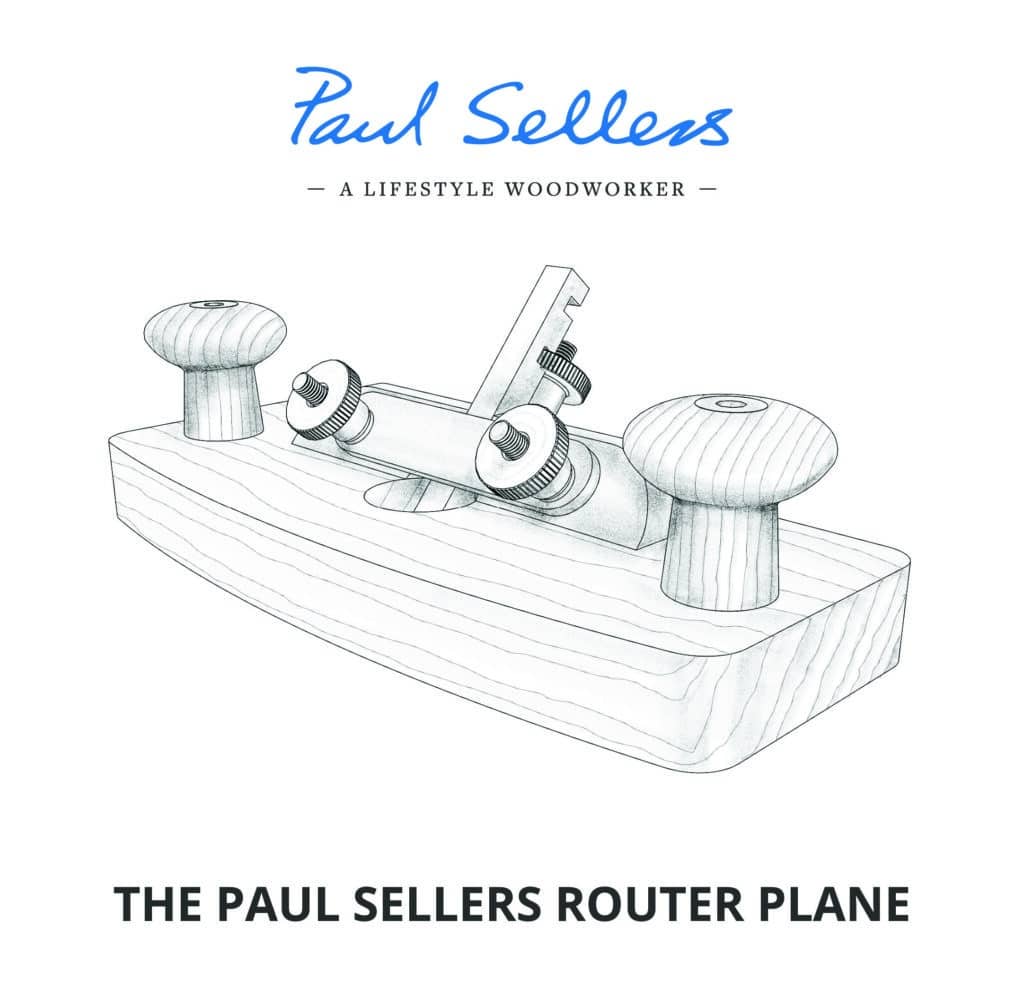
This week, the last and remaining part of my router plane pieces finally came together with the router plane blades being made in Sheffield by a Sheffield toolmaker to my specifications as I type here. This also is the close on a new chapter in that I wanted the cost of owning a router plane to come down to affordable levels. This began with a burden that I had indeed caused a problem by showing as never before how a router plane should really be used in more than just housings and dadoes by using it to surface plane tenons and so on. If you want to hear when the router becomes available fill in the form on this page.

I reiterate, this alone was never done before and ten years ago you could buy a Stanley and a Record router plane for £10 in its original box with all parts still there. Today they sell for upwards of £140. I had to do something because I had caused the demand to go up and the shortage led to a price increase that was prohibitive for most so I did. I have used mine now since mid-2021 every single day and this tool means anyone can own one for a quarter of the cost and it is indeed a better plane altogether even if what makes it better is that you can custom make it using your own hands!

Sellers Home is my longest-term project yet because what I am carefully crafting by way of all the furniture and woodworking generally accepted as needed for a physical house built as an ordinary home in my native England is providing me with the vehicle to train and teach woodworkers from every background and every culture throughout the world. You can watch these videos being released each week on Woodworking Masterclasses.
Reaching millions of woodworkers was yet again a completely unexpected and unintentional outcome of my simply being a simple carpenter who thirty years ago started to see that his craft would be taken over by machine-only exponents who were indeed going unchallenged. Every woodworking show I went to showed only the work of woodworking machinists and woodworking machine manufacturers.



I decided that something had to change and I started out on a journey to teach woodworkers that left out skilled work and the development of skill could indeed add much more to their journey and it didn’t need to be an either-or. From the beginning, I was well received by most woodworkers (with a few naysayers and scoffers mixed in) and that was because I offered what they were really looking for all along but could never find in the confusing world of woodworking. How do you sharpen a saw, a chisel, set up a spokeshave to work well, and then too turn the edge of a card scraper? What techniques does it take to use them effectively and efficiently and how do you restore an old Disston saw anyway?
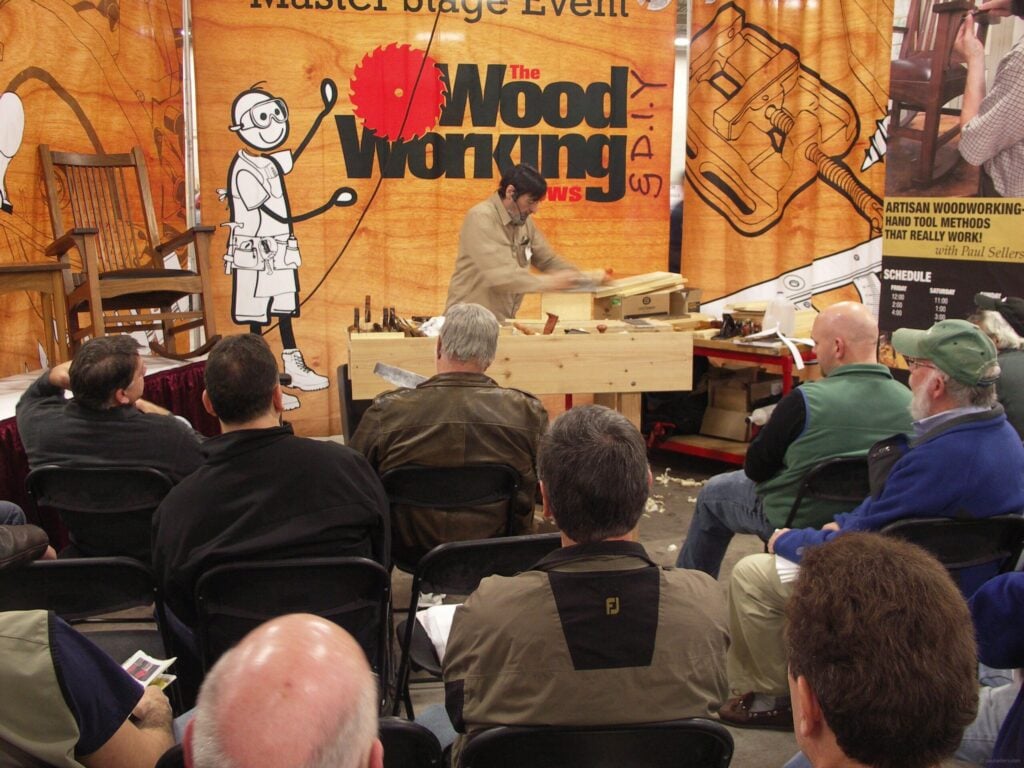
So here I am seeing success after success as a mere joiner from Stockport, England piecing this amazing puzzle together in the crafting not only of a houseful of furniture for sellershome.com or pieces for the White House but crafting the reality of what I once coined the phrase of as the new-genre woodworker or the lifestyle woodworker. Riding over the crest of a hill in Texas 25 years ago, I think it was around 11 pm at night, I asked myself, “Is this really working?” and as I reached that crest peak I saw a huge billboard ahead caught in the headlights with massive black letters on a white background that said quite simply in block capital letters, “IT’S WORKING!” Of course, I had no idea just what was working but I felt spurred on by the answer I took it to be.
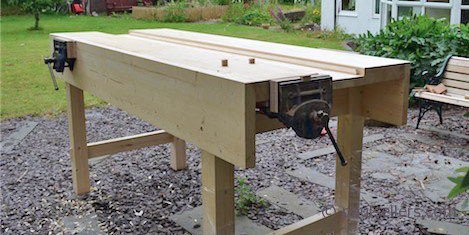
Not only is it working, but it has also worked, it is working, and it will continue to work? Why? Because this IS the continuation of an unfolding strategy I call real woodworking at its best and it is the biggest apprenticeship strategy I ever launched in woodworking bar none!


Hello Paul,
Such an interesting and inspiring post.
You are indeed the person who broke the mould from a way of woodworking that was by enlarge accepted as having a power tool to complete most tasks. Personally, pressing a button or squezzing a trigger does not compare to the sheer delight and satisfaction of using ones hands to feel and shape a piece of living material into a functional object that will last for many decades.
Thank you!
Hi Mr. Sellers,
Just had a question. You say in your blog post that you had students with little to no woodworking experience make a dovetailed box in two days, then an end table and a wall shelf in the next four days. For these classes, did you dimension and plane the stock before hand, so that the students can get right into the joinery? I ask because when i first started out, I took plenty of time to get boards straight, flat and untwisted. I’d like to start introducing woodworking to others around me but i feel like they would get unmotivated if they spent a bunch of time trying to dimension/plane the rough wood before getting into any joinery. Would a better approach be to prepare the stock for them beforehand, so that they can start with the joinery as soon as possible? And if so, how do then go about having them learn to plane and prepare stock so that they can go home and do the whole process by themselves?
Apologies for the lengthy comment.
Thank you!
Paul
Paul
There is no easy answer to your question. as an ex teacher know that students need little wins to motivate them, but often need to put in sustained effort to achieve.
It depends upon your / their goal and the available time. i have been a lifelong woodworking apprentice. I knew that I needed a decent bench and built Paul’s original double sided design. That motivated me to plane a lot of CLS, my planing ability vastly improved, but this was a side effect of my goal of making the bench. Plus my ability to sharpen improved at the same time.
I have always supported the idea of a spiral curriculum. You keep revisiting aspect to improve, which then allows you to improve in others.
So I would go back even further. Do you start learning to sharpen tools, then prepare timber, then make joints then finish the project.
Do you do simple simple and gradually more complex projects that develop your skills. The complexity of woodworking is that you need to develop different aspects in parallel as you build up a set of tools and skills. it would also depend on which direction you want to go in and what motivates an individual.
The beauty of today is that it is easy to find a vast wealth of training information via the WWW. I now often look at different ones before doing things my way. There is often no right way, so you need follow a path through contradictory advice.
When you learned your mother language, you didn’t sart by learning grammar rules.
The desire to learn how to dimension rough sawn lumber will come later; after learning to untwist and thickness big store “S4S” wood.
Thanks for your question. Planing wood square and true is something they did in schools for decades and was mostly a complete waste of time because the planes were rubbished before you got to them to rubbish them further. I actually thought it was part of the teaching strategy to discourage kids by spending hours over weeks to straighten their rough-sawn wood. So many much more interesting things can be done than give a 13-year-old boy a plane and an almost impossible task to do just to make them jump through hoops. This is a legalism that makes the assumption that all boys at a very specific age can do certain things and all at the same time when in reality something is usually undeveloped and CANNOT be developed just to fit in with time linked curriculum. I think that that might have changed but I don’t know for sure. Machines cut and prepare wood perfectly well and as donkeys, they work well for classes. Yes, I did stock prep beforehand so that students could get on with the interesting things like box making, cutting their first dovetails, making roundovers and things like that. The students simply surface planed the faces by whisking off onion-skin shavings with a plane previously set for them to do that with. My students were given a piece of wood to practice on before planing. on the box, they surface planed before laying out the dovetails and cutting them. After glue-up they then planed the nubs of the dovetails and the outside of the box, leveled adjacent edges around the rims and so on. Of the 6,500 students, I never had a single student fail these tasks. I and my staff were there to help, steer and guide. Frem there they ripped the tops and bottoms to size and planed them ready to make all of the roundovers with the plane. By the time they got to the next shelf project they were confidently sharpening, setting up and using their planes.
Paul, your “Essential Woodworking Hand Tools” book is a masterpiece.
I have Ernest Joyce’s “Encyclopedia of Furniture Making,” revised by Alan Peters in 1987. Your book is the fitting and updated complement that closes the circle of the best of the best.
Mr. Sellers,
I echo Scott’s comments. You are a true inspiration that makes woodworking truly accessible.
I discovered your work about a 6 months ago and am disappointed it wasn’t sooner. I love the “common sense” view you bring to the craft. Newcomers can easily get overwhelmed by seeing the “peak” and realize they are not ready to scale it. They either get discouraged or fall prey to the view that they cannot do good work without a shop full of top quality, specialized tools.
I absolutely love how you show top shelf results without needing such specialized tools. On top of that your tips and techniques show practical solutions that not only provide us direct solutions to particular issues, but also give us the confidence to seek out our own variations.
My next project — and one that I am quite looking for ward to — is the router plane.
Thank you for your inspiration. More so, thank you for being so open and accessible in the way you provide it.
Hello Paul, and all other fellow woodworkers,
I wanted to share this with you. I recently purchased a carpenters/joiners toolbox which contained various “old” woodwork tools, Disston saws, quality tools etc from an auction house.
The reason was not so much as I needed them, but more the feeling that this box was used daily by someone who earned a living and at the same time enjoyed the feel of these tools.
I did not want this persons memory to just disappear, I will clean/ renovate/ sharpen the contents and just keep the box safe.
Call me an old softy if you want but it’s just how I felt when I saw them. I wished I lived closer to you so as you could see them too.
Thanks again for all your advice and time Paul.
Pete